For the average American homeowner, the path to going green hasn’t always been easy or cost-effective.
But in August 2022, Congress passed the Inflation Reduction Act, which encompasses numerous clean energy provisions including a Solar Panel Tax Credit. The credit helps homeowners receive a tax break equal to 30% of solar panel installation. And the cost savings don’t end there. Solar panels can help homeowners save thousands in energy costs. Absolute Solar co-founder, Rob Kaercher has seen total cost savings for his customers range between $30,000 to around $100,000 over the life of a system, which is typically around 25 years.
Solar panels can also increase the value of a home. According to Zillow, homes with solar panels sell for 4.1% more than comparable homes without solar. Plus, The National Renewable Energy Laboratory (NREL) cites research from the Appraisal Journal showing that each dollar saved on energy through solar technology increases a home’s value by $20. In addition to saving hundreds and even thousands of dollars a year on energy bills, homeowners with solar panels can expect thousands of dollars worth of extra value when they go to sell their homes.
Amid ever-rising home energy costs and a greater national focus on climate-friendly lifestyle changes, the Solar Tax Credit makes it easier than ever to integrate solar technology into your life, and begin reaping the benefits for your home, your wallet, and our planet.
Let’s dive into how it works.
What is the Solar Tax Credit?
When you initiate a solar panel installation project on your property, you are eligible for a credit on your federal taxes equal to 30% of the total cost of installation. There is no ceiling to the amount you can claim, meaning you can write off 30% of the installation expenses, whether the total project cost is $10,000 or $100,000. That equals a tax credit range of $3,000 to $30,000.
A tax credit is a dollar-for-dollar reduction in the amount of income taxes that you would otherwise owe. Tax credits are nonrefundable, meaning that while a tax credit can bring your taxes owed down to $0, you cannot receive any refunds for any remaining unused credits. For example — if you receive a tax credit for $8,000, and you owe $7,500 in federal income tax, your taxes owed will be $0, but you won’t receive a refund check for the remaining $500. However, if you have remaining credits from the Solar Tax Credit, you can roll them over to the next tax year as long as the tax credit is still in effect.
What Does the Solar Tax Credit Cover?
The Solar Tax Credit includes virtually all costs associated with installation, including the purchase of the solar panels, PV cells used to power an attic fan (but not the fan itself), hardware and accessory equipment, electric panel upgrade, contractor fees for preparation, assembly and installation, permit fees, inspection costs, developer fees, and all sales taxes on eligible expenses.
The tax credit also covers the cost of solar storage batteries on new or existing solar panels. Purchasing a solar storage battery is a great way for existing solar panel owners to upgrade their systems and still take advantage of the new tax credits without any new solar panel installation. Storage batteries allow homeowners to store the electricity generated from solar panels for future use. This reduces the need to supplement solar power with energy from the grid and can even allow homeowners to maintain power during an outage.
How Long Will This Tax Credit Last?
The 30% Solar Tax Credit can be used one time during the tax year in which your solar panel installation is completed. It is set to last for the next 10 years before gradually decreasing. Here is a step-by-step breakdown of what has been laid out in the new legislation:
From 2022-2033: Owners can deduct 30% of the cost of a new solar panel system from their federal taxes.
From 2033-2034: Owners can deduct 26% of the cost of a new solar panel system from their federal taxes.
Beginning in 2034: Owners can deduct 22% of the cost of a new solar panel system from their federal taxes.
Did you recently install a new solar panel? Homeowners who installed their systems earlier in 2022 can still have the 30% tax credit applied retroactively.
How Do I Know If I’m Eligible?
The tax credit is available to all taxpayers who purchase and install new solar panels for a home or property that they own. There is no minimum or maximum income level to qualify. It’s important to note that you must own the solar panels (this includes financing). You are not eligible for the tax credit if you lease the solar panels or have a Power Purchase Agreement (PPA).
Installation must be completed within the tax year to qualify for the credit. Otherwise, homeowners need to wait to claim the credit until the work is completed.
You can claim the Solar Tax Credit even if you also claim other credits through the Inflation Reduction Act, such as purchasing an EV vehicle, installing an EV charger in your home, or upgrading your home’s appliances.
Ready for the Next Step?
There’s never been a better time to go solar! Our Absolute Solar team is ready to answer your questions and help you take advantage of this great opportunity. Contact us today to learn more.

